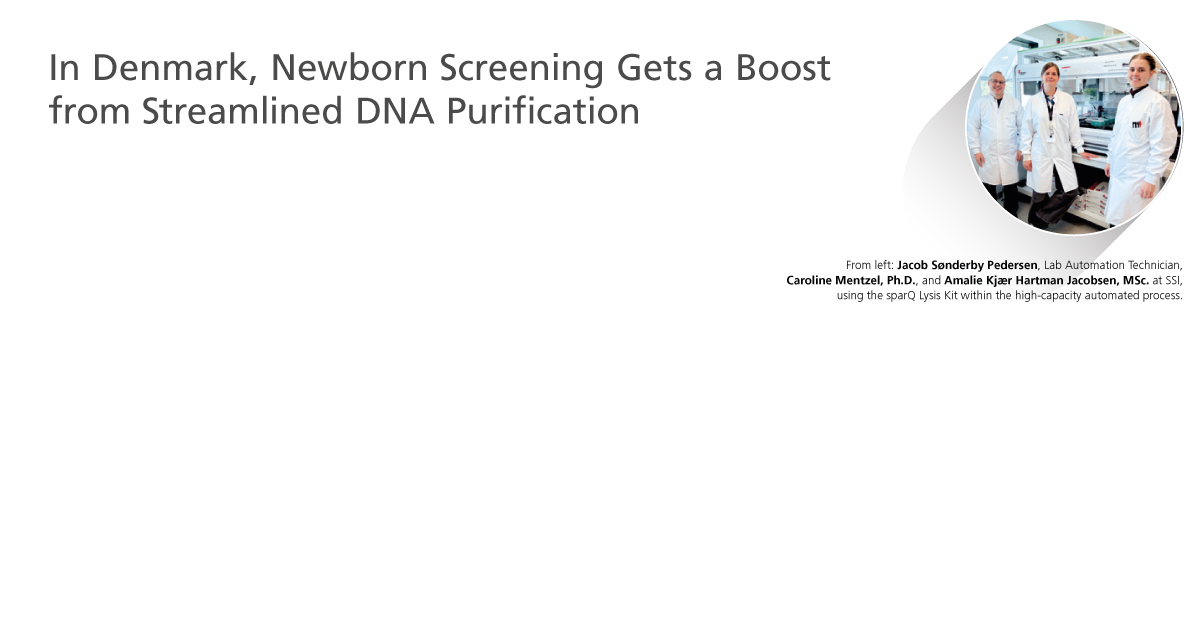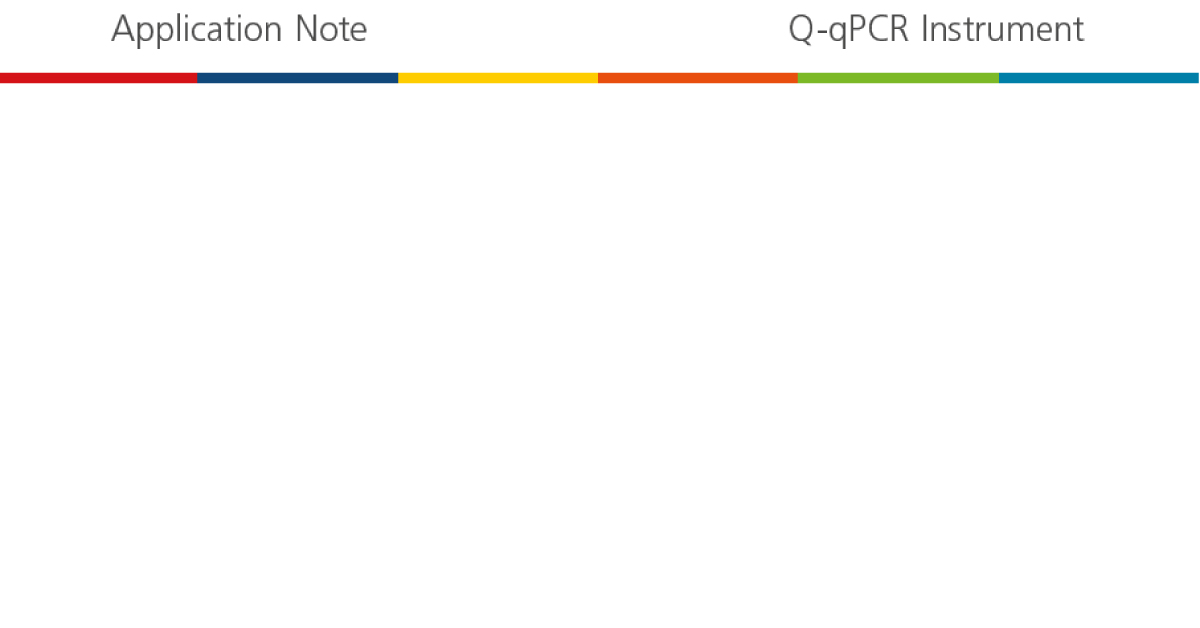Need to Speed Up Your Long-Read Metagenomic Sequencing? We've Got You Covered
When Quantabio was founded in 2001, we couldn’t have guessed the speed with which access to high-quality, affordable DNA sequencing technologies would be democratized throughout the life science community. When the first next-generation sequencing platforms emerged several years later, we watched as scientists scrambled to be among the earliest adopters.
Today, it’s not just that massively parallel sequencing tools are everywhere — the really impressive thing is that a whole new generation of sequencers that generate extremely long reads are now accessible to virtually all labs. There’s so much excitement around this capability that long-read sequencing was named the Method of the Year in 2022 “for its momentous methodological advancement and broad application,” according to editors of Nature Methods.
The ubiquity of long-read sequencing has really been enabled by nanopore sequencing devices — pioneered by Oxford Nanopore Technologies — that are as portable as a flash drive and can be operated just about anywhere. In this era of genomics, scientists are no longer scrambling for instruments; they’re scrambling to sequence organisms or metagenomic communities in the weirdest, harshest, and most challenging places on the planet. (Some scientists have even refused to be limited to being on the planet, deploying a nanopore sequencer at the International Space Station.)
Here at Quantabio, we know great science when we see it, and we constantly strive to help scientists smash through limitations. That’s why we developed a rapid method for 16S metagenomic library preparation for Oxford’s nanopore sequencing devices that will give researchers more flexibility and faster access to their data.
The method relies on our repliQa HiFi ToughMix, which overcomes the issue of long delays when barcoding full-length amplicons. Our optimized workflow to prepare 16S libraries is streamlined by a highly processive, high-fidelity PCR master mix. It reduces PCR cycling time by 50% and also overcomes the PCR inhibitors typically found in microbial samples.
In our detailed application note about this method, we demonstrate that this approach can accelerate the amplification process by threefold, reducing the time to just 40 minutes, and requires just one additional minute for Proteinase K treatment following PCR.. Long-read sequencing of the libraries in our study gave high numbers of reads for each sample, showing that repliQa HiFi ToughMix is an exciting alternative master mix for use in preparing 16S libraries for sequencing with Oxford Nanopore devices.
And if you’re not using long-read sequencing yet, not to worry! We have plenty of great products for use with all NGS platforms. To learn more, check out this webinar with Subrata Panja, our Associate Director Field Applications. He presents a deep dive on our repliQa HiFi ToughMix and shows how it can improve the performance, speed, accuracy, and inhibitor tolerance for NGS library amplification.
Recent posts
Subscribe to Our Blog
Related Blogs

Double Duty: Our Library Prep Kits Streamline QC for PCR-Free Sequencing

App Note: Rapid Library Preparation for RNA Virus Sequencing



